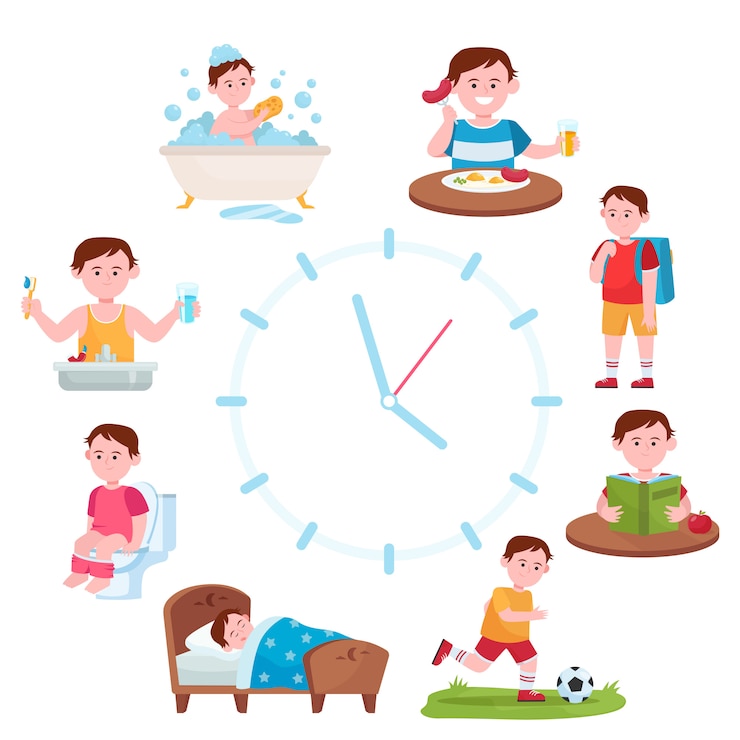
Explore 75 simple, science-backed strategies to help kids calm down, engage in self-regulation, and build strong emotional skills. And don’t forget to download our free printable list of these calming techniques, perfect for when your child is feeling overwhelmed by anger or anxiety.
### Table of Contents
When it comes to children’s emotional development, few skills are as crucial— or as indicative of future success— as emotional regulation. Given that children’s nervous systems are still developing, and their frontal cortex is a work in progress, it’s understandable they sometimes struggle to manage their emotions. Let’s be honest—we adults are still working on this skill too!
As a parent, one of the best things you can do to raise an emotionally intelligent child is to guide them in trying out different calming techniques. These skills don’t just emerge naturally; they require practice, repetition, and instruction. Over time, your child can learn to turn to healthy coping methods when dealing with strong emotions.
You might wonder what makes these particular calming strategies stand out. They are research-supported and effective because they:
1. Are grounded in neuroscience to understand how a child’s brain handles stress and intense feelings.
2. Utilize co-regulation, highlighting the importance of a caregiver’s support to help a child reach a calm state.
3. Incorporate physical activities that provide sensory input to soothe the brain and body.
**Suggested Activities:**
– **Breathing Exercises:** Simple breathing techniques can quickly calm your child’s nervous system and reduce stress.
– **Writing a Letter:** Encourage your child to write a letter expressing their feelings or discussing a challenging situation.
– **Essential Oils:** Scents can greatly affect our emotions. Safe, kid-friendly options work wonders for emotional regulation.
– **Sensory Devices:** Squeeze balls and similar items provide calming sensory feedback by compressing the joints.
– **Nature and Animal Watching:** Observing animals can introduce mindfulness and calming effects.
– **Inversion:** Hanging upside down is a method proven to slow the body’s stress responses.
– **Five Senses Exercise:** Engaging the senses by identifying things you can see, hear, touch, smell, and taste can ground the mind.
– **Nature Interaction:** Holding a natural object or watching nature-themed programs helps soothe the brain.
– **Gratitude Focus:** Cultivating gratitude can relax the brain’s emotional center.
– **Cognitive Tasks:** Concentrating on specific tasks deactivates emotional centers and engages the thinking part of the brain.
Remember, there isn’t a one-size-fits-all approach to emotional development. Each child has unique needs and these may change as they grow. Supporting your child in learning how to care for their emotions and physical well-being can set them on the path to lifelong emotional health. This robust list of calming techniques will help you get started.
You can also download a free printable list of these strategies—because keeping track of 75 different methods isn’t easy!
**Related Reads:**
– The 50 Most Effective Anger Management Tools for Kids
– 10 Common Anxiety Symptoms in Children Parents Often Overlook
– The Benefits of Outdoor Play for Kids
– Helping Children Focus on Gratitude
This post was initially published on January 30, 2020, and has been updated since.
**About Angela Pruess, LMFT:**
Hello! I’m Angela, a Licensed Children’s Mental Health Professional, Positive Parenting Coach, and a mom to spirited kids who teach me something new every day. I’m devoted to ensuring every child lives their best life, and I believe emotional health is the key to lifelong success and happiness. Learn more about me and the Parents with Confidence mission.



